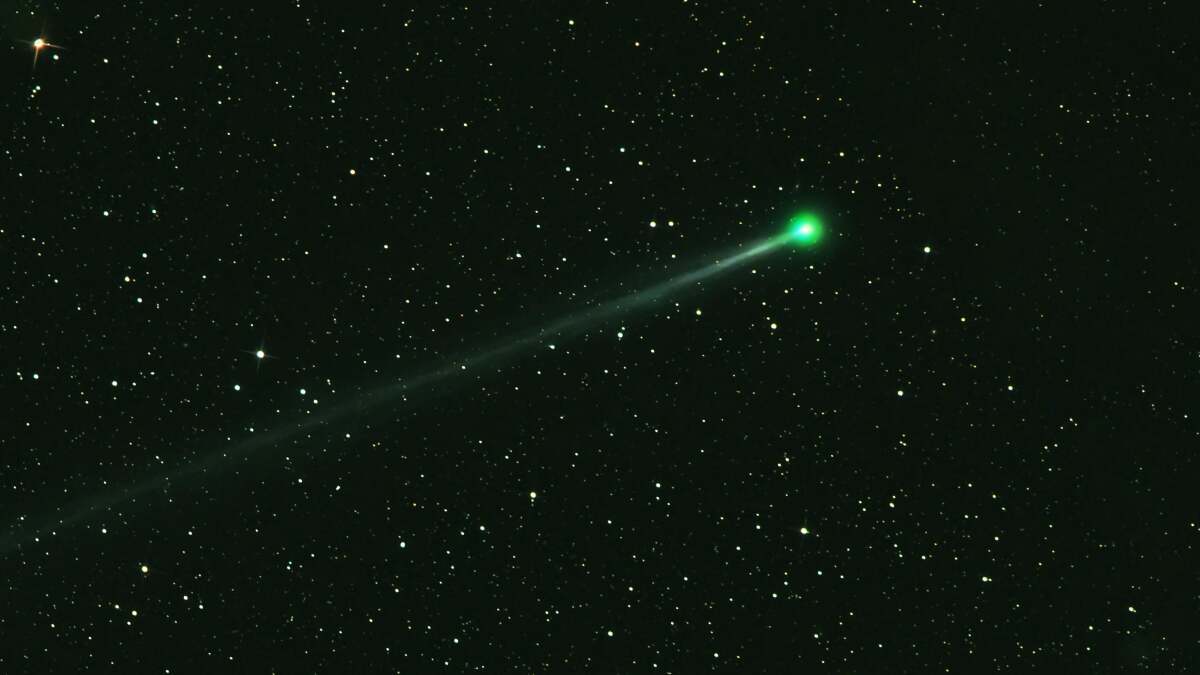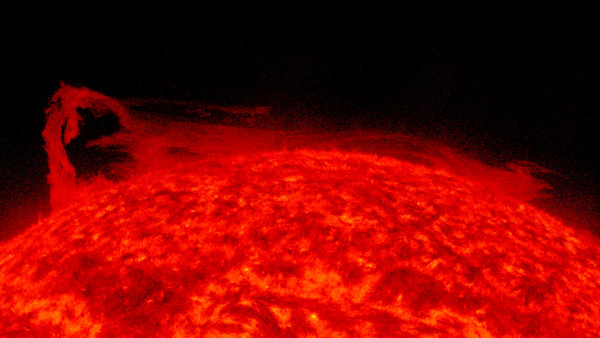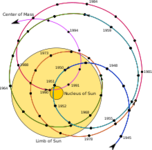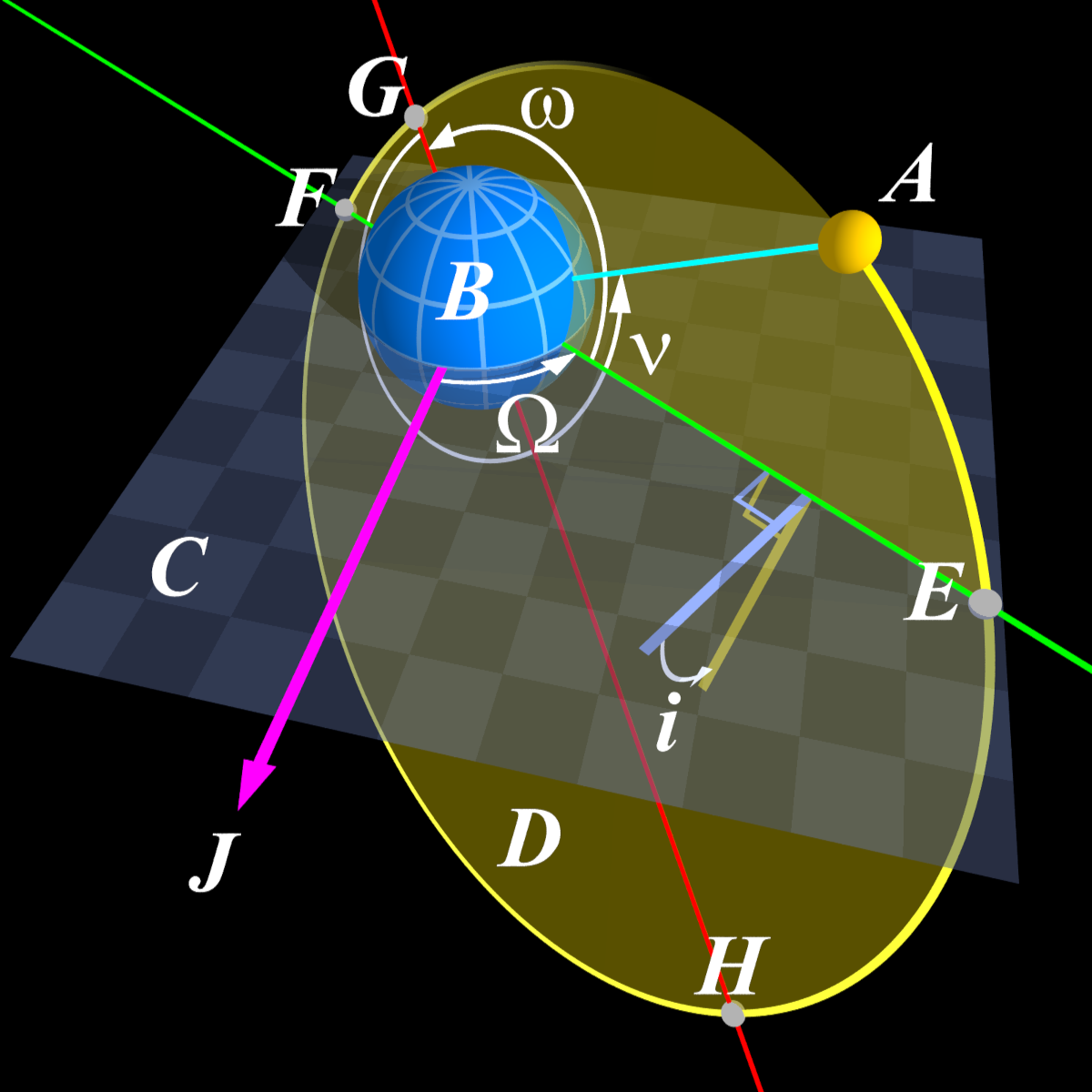True.These launches (most likely) wouldn't service "geostationary" equatorial orbits.
But the fact remains, it has to be a VERY powerful rocket to overcome the fact that it's launching from thousands of miles out of sync with damn near anything it's going to rendezvous with.
The ISS is a classic example of that. To haul a heavy supply load up there takes a very good rocket. It's right at the absolute limit of the Falcon when launched from near the equator in the best of conditions.
You move that up there and it's simply not going to make it. It would either have to somehow generate more power (not possible) or lose a lot of its load to overcome the additional distance it's going to have to cover and the loss of speed it's going to suffer.
That is the point. You sort of eliminate half your customers right off the bat.





